Meet Edward William, the Artist Turned Human Rights Activist= INTERVIEW
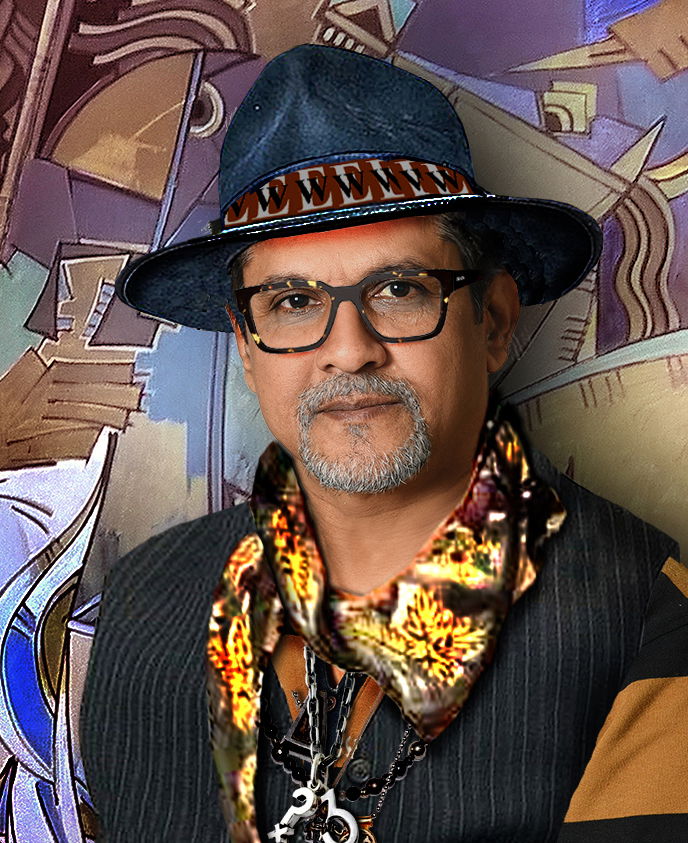
By David Robinson
GAC- How many years of experience do you have in the world of fine art and what initially inspired you to pursue a career in this field?
EW - My journey in the world of fine art has spanned over three decades, marked by a constant thirst for exploration and expression. My earliest memories are filled with the vibrant colors of crayons and the tactile joy of molding clay. This innate fascination with creation blossomed into a deep appreciation for the artistic legacy of humanity, sparking my initial desire to pursue a career in this field. Witnessing the power of art to evoke emotions, challenge perspectives, and inspire conversations ignited a burning passion within me. I was particularly drawn to the intricate details of Renaissance masterpieces, the bold strokes of Impressionist paintings, and the raw emotionality of Expressionist works. These diverse styles, each offering a unique lens through which to view the world, fueled my own creative ambitions. Over the years, my journey has led me through formal art education, countless hours spent in museums and galleries, and countless creative endeavors. Each experience has honed my skills, expanded my understanding of art history, and cultivated a deeper appreciation for the complexities of artistic expression. The desire to contribute to this rich tapestry of human creativity, to leave my own mark on the world through art, remains the driving force behind my ongoing commitment to this field.
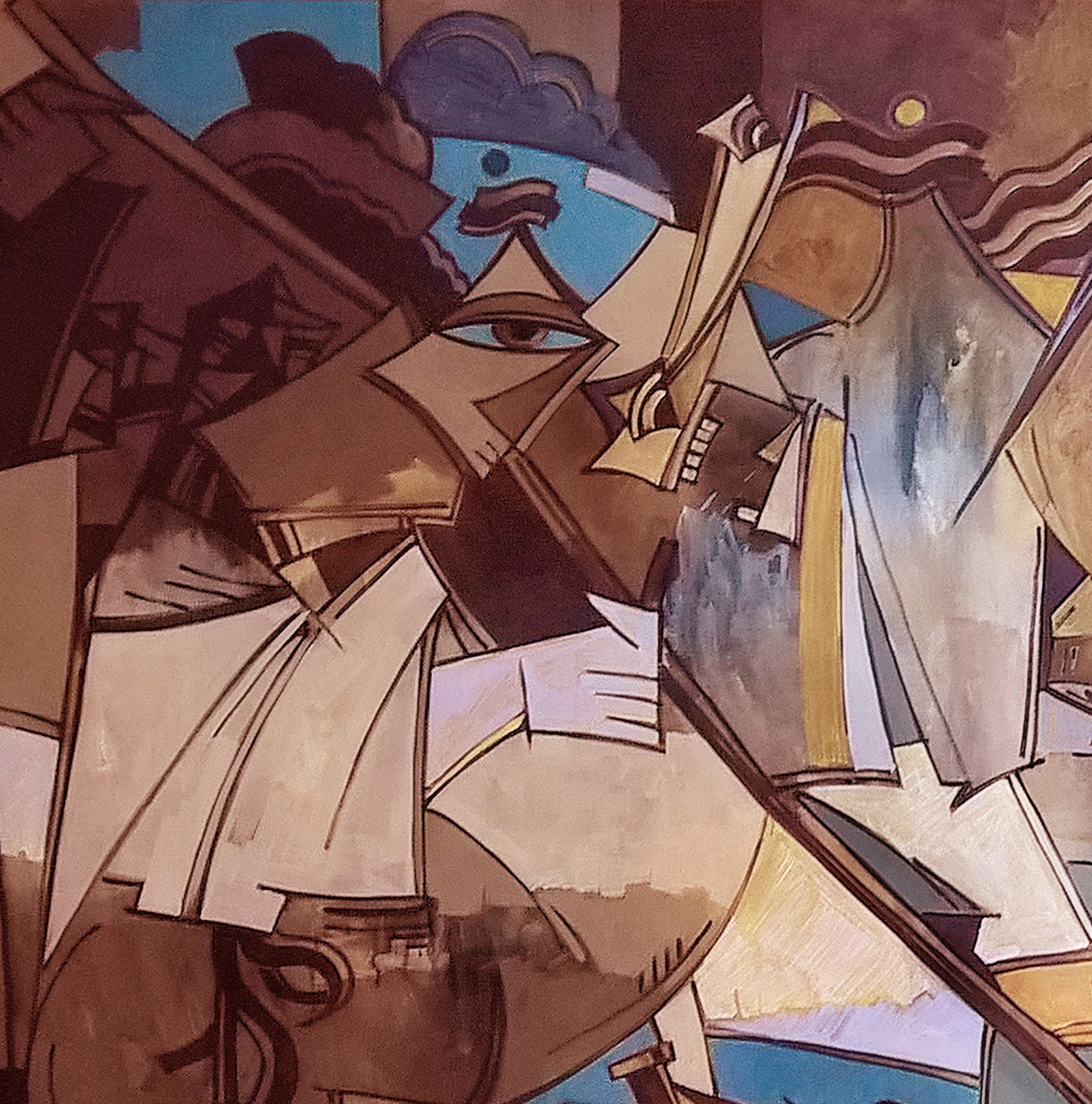
image source: edward william
GAC- What are some strategies for incorporating surrealism into artistic works, and how many notable works have been created using this technique?
EW - My heart beats with an unyielding passion for the surreal, a passion ignited by the genius of Salvador Dalí. His art, like a dream escaping the confines of reason, captivates me with its bizarre juxtapositions, melting clocks, and the profound beauty hidden within its unexpected landscapes. Each stroke, every brush mark, whispers of a world beyond our grasp, a realm where logic surrenders to the whims of the subconscious. It is in this surreal space that I find my own artistic voice, my own means of expressing the enigmatic and the uncanny. My canvases teem with Dalinian inspiration, a testament to his profound influence on my artistic path. From the melting clocks of "The Persistence of Memory" to the hallucinatory landscapes of "The Dream," Dalí's works have provided me with an endless source of inspiration for my own artistic explorations. My creations, though uniquely my own, bear the unmistakable mark of Dalí's surrealism, a constant reminder of the power of the subconscious to shape reality. Countless pieces adorn my portfolio, each a testament to my love for this extraordinary art form, each a whisper of the impossible, each a celebration of the world beyond the mundane.
GAC- What is the enduring appeal of surrealism and why do you choose to continue exploring this artistic movement?
EW - The enduring appeal of Surrealism lies in its ability to tap into the subconscious, challenging our perception of reality and revealing the hidden depths of the human psyche. It's a rebellion against the logical and the mundane, a vibrant exploration of dreams, intuition, and the irrational. It's like peering through a distorted mirror, where familiar objects morph into uncanny shapes and familiar scenes dissolve into dreamlike landscapes. As a hyper realistic artist, I spent years meticulously recreating the world as it appeared, but I felt a growing restlessness, a yearning to break free from the confines of literal representation. Gradually, I found myself drawn to the illogical and the fantastical, the distorted and the dreamlike. It was like discovering a hidden world, a realm where logic takes a backseat to intuition and imagination reigns supreme. It was in Surrealism that I found the freedom to express the unsettling beauty of the subconscious, to play with the ambiguity of meaning, and to challenge the very fabric of reality. Like Picasso, I revel in the power of distortion, using it not just to disrupt familiar forms but to reveal a deeper truth, a hidden beauty that exists beyond the confines of our everyday perception. For me, Surrealism is more than just an artistic movement; it's a way of seeing the world, a lens through which I can explore the depths of my own psyche and the mysteries of the human experience. It's a journey that I intend to continue for the rest of my life, always seeking new ways to express the uncanny, the surreal, and the profoundly human.
GAC- Which artist in the Surrealism movement inspired your work and how did their style influence your artistic vision?
EW - Salvador Dalí's iconic works have profoundly influenced my artistic vision, igniting within me a deep-seated passion for the surreal. His masterful manipulation of reality, his ability to conjure dreamscapes on canvas, and his audacious style have become guiding lights in my own creative journey. His melting clocks, his distorted figures, and the unsettling beauty of his dream worlds have challenged me to explore the boundaries of my own imagination and to embrace the power of the subconscious. But Dalí is not alone in his artistic brilliance; I am equally captivated by the entire surrealist movement of the early 20th century. Artists like René Magritte, with his enigmatic juxtapositions, and Joan Miró, with his playful abstractions, have further expanded my understanding of the surreal. Their shared defiance of traditional aesthetics, their embrace of the irrational, and their unwavering commitment to exploring the hidden depths of the human psyche have instilled within me a desire to create art that is both thought-provoking and emotionally resonant. Each brushstroke, each carefully placed element, becomes a portal into the mind's labyrinth, inviting the viewer to lose themselves in a world beyond the ordinary, a world where logic is fluid, where dreams are tangible, and where the unexpected is always around the corner.
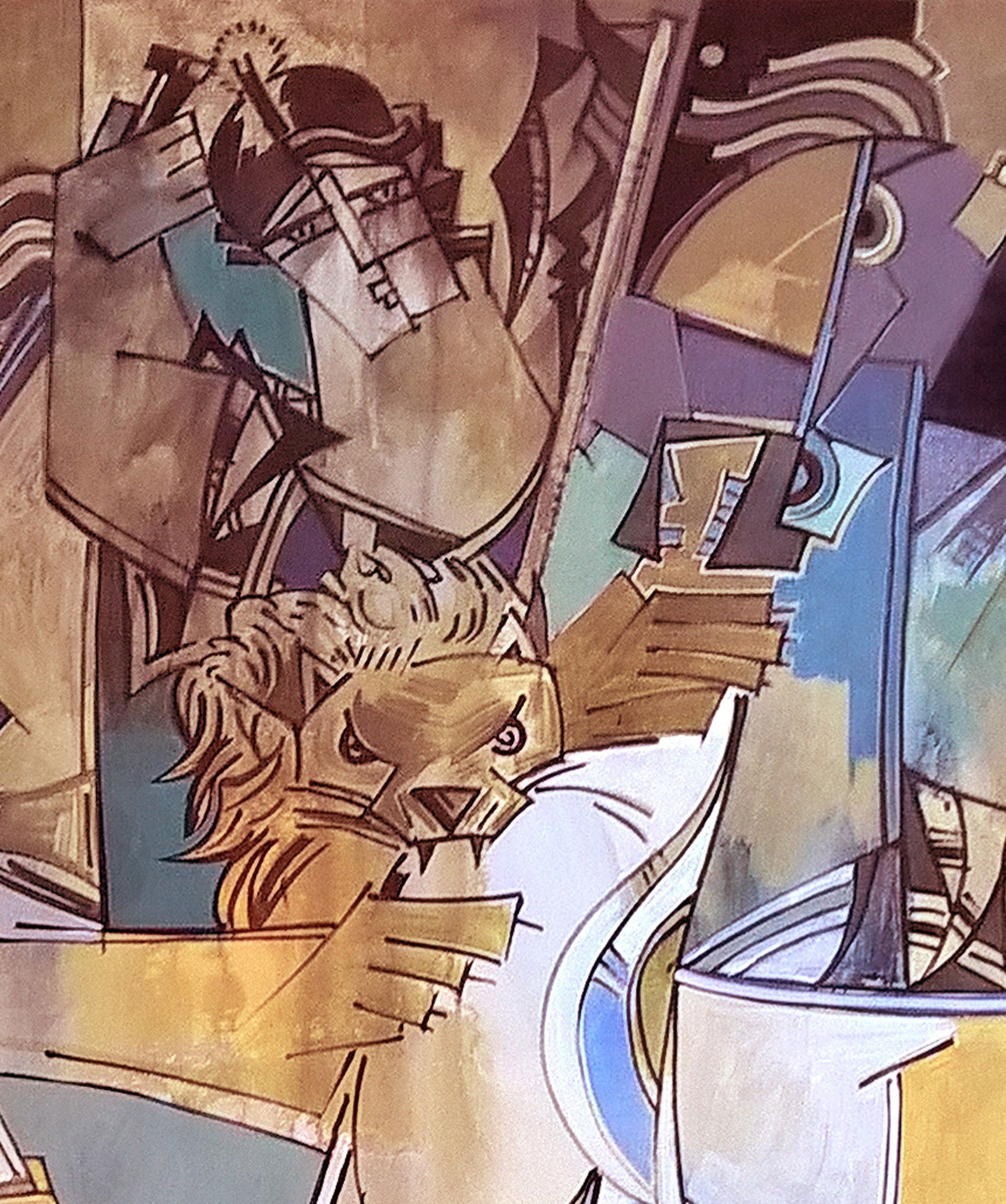
image source: edward william
GAC- What specific subject matter do you plan to focus on in your future paintings, and how do you believe it will contribute to the overall direction of your artistic career?
EW -My artistic journey is deeply rooted in the timeless allure of the past, particularly the iconic works of the Old Masters and the rich tapestry of ancient Greek and Roman mythology. It is within these realms of enduring beauty and captivating narratives that I find my inspiration, my muse, and my guiding light. My future paintings will delve into this fertile ground, reinterpreting and reimagining these legendary stories and artistic masterpieces for a contemporary audience. Drawing upon the masterful techniques and compositional elements of the Old Masters, I aspire to imbue my creations with a sense of timeless elegance and technical virtuosity. The mythical figures and epic tales of ancient Greece and Rome will provide an inexhaustible wellspring of subject matter, allowing me to explore themes of heroism, love, sacrifice, and the eternal human condition. Each brushstroke will be a testament to the enduring power of these stories, weaving together the past and present in a harmonious tapestry of art and narrative. This unwavering focus on the classics, I am certain, will not only contribute to the overall direction of my artistic career but will also propel me towards a boundless future, where the possibilities for creative exploration are truly infinite.
GAC- Would you be interested in showcasing your significant works in museums to enhance public awareness?
EW -The prospect of my artwork being collected by art museums for public awareness fills me with immense satisfaction and a sense of fulfillment. It would be an extraordinary honor to have my creations showcased in such esteemed institutions, where they could be enjoyed and appreciated by a wide audience. The thought of contributing to public understanding and appreciation of art is deeply motivating and aligns perfectly with my artistic aspirations. By donating my works, I would be enabling others to engage with my creative vision, fostering a greater appreciation for the power of art to inspire, challenge, and connect us. The idea of my art inspiring others, sparking conversations, and leaving a lasting impact on the cultural landscape is both humbling and exhilarating. It is through such efforts that art transcends its individualistic nature and transforms into a powerful tool for shared experience and collective understanding. Knowing that my work would be accessible to the public, contributing to a broader cultural dialogue, would be a testament to the transformative power of art and its ability to enrich lives.
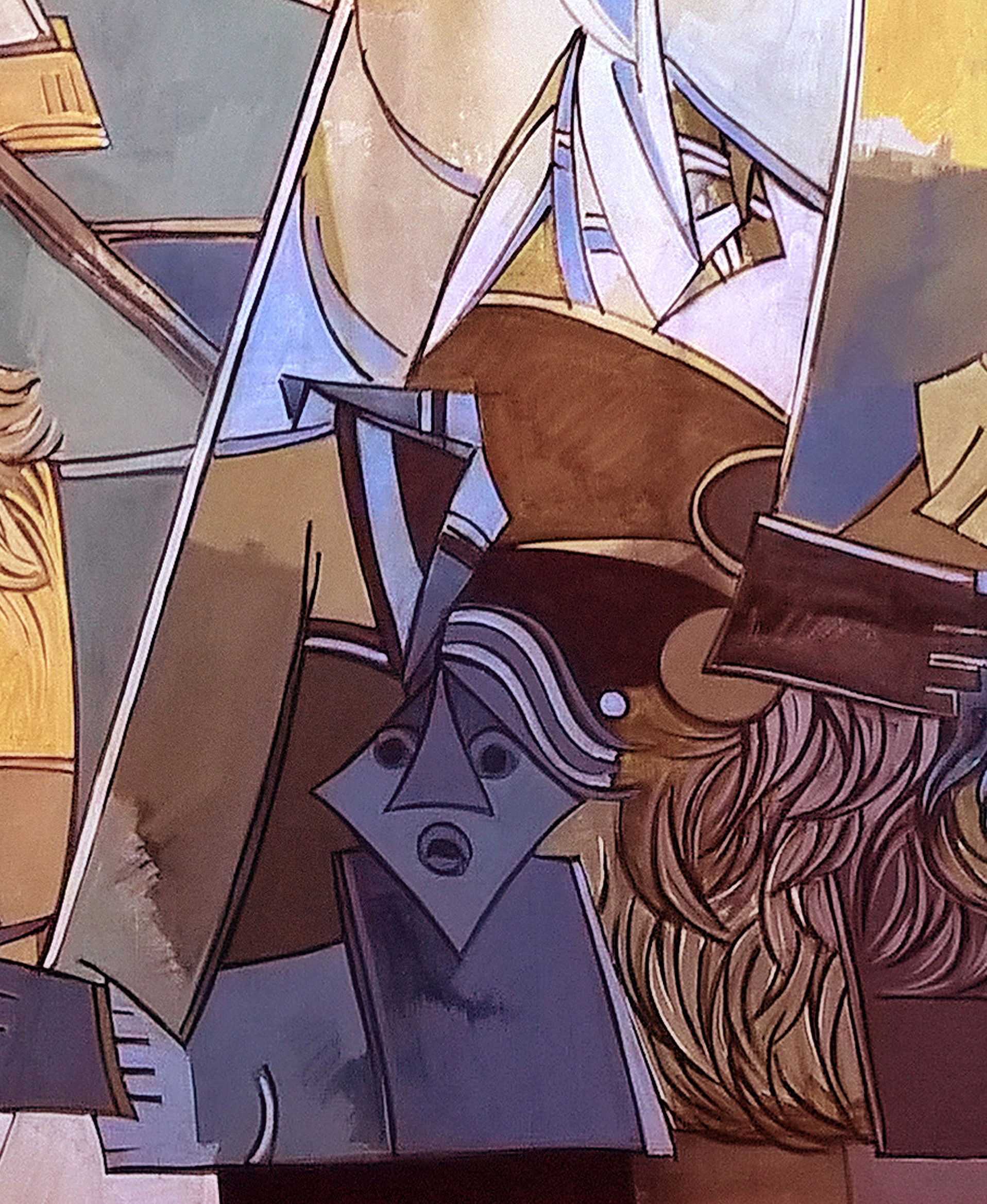
image source: edward william
GAC- Would you consider donating some of your art works to charity as a way to give back to the community while also gaining exposure for your work among a wider audience of potential art collectors?
EW -Yes, I would be delighted to donate some of my artwork for auction if the funds raised will be directed towards helping those in need. It is deeply fulfilling to know that my creations could contribute to a cause that makes a tangible difference in people's lives. Beyond donating specific works, I would also be thrilled to see my art exhibited and sold continuously for charitable purposes. To facilitate this, I would be happy to work with any NGO who shares this vision. My studio assistant is available to answer any questions and coordinate the details of any potential collaboration. I genuinely believe in the power of art to inspire and uplift, and I am excited to leverage my creative passion to contribute to the greater good alongside organizations dedicated to improving the lives of those in need.
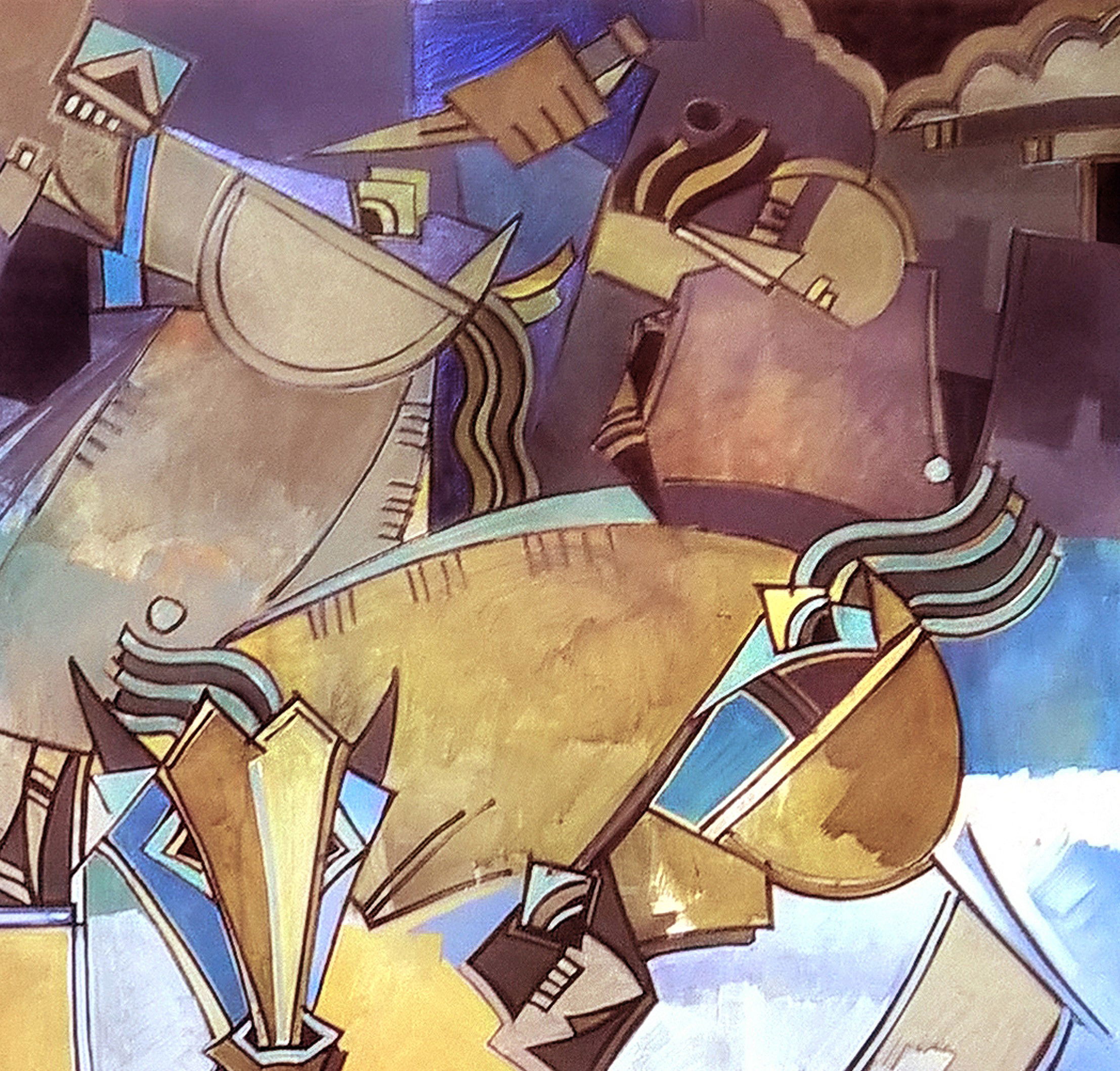
image source: edward william
GAC- What strategies have you implemented as an artist and activist to promote a culture of peace within the U.S. human rights community through your NGO?
EW -U.S. Human Rights and Culture of Peace is an NGO that emphasizes the connection between art and human rights. They believe that human rights are best realized through civil society collaboration and that art can enrich lives and foster inclusive communities. Art, in its various forms, can embody human rights struggles, promoting peace, dignity, and equality. Engaging with art allows individuals to connect with human rights issues, empowering them to take action. Art also serves as a bridge between communities, fostering shared humanity and a common purpose. By utilizing art as a catalyst for change, we can create a more just and sustainable world.
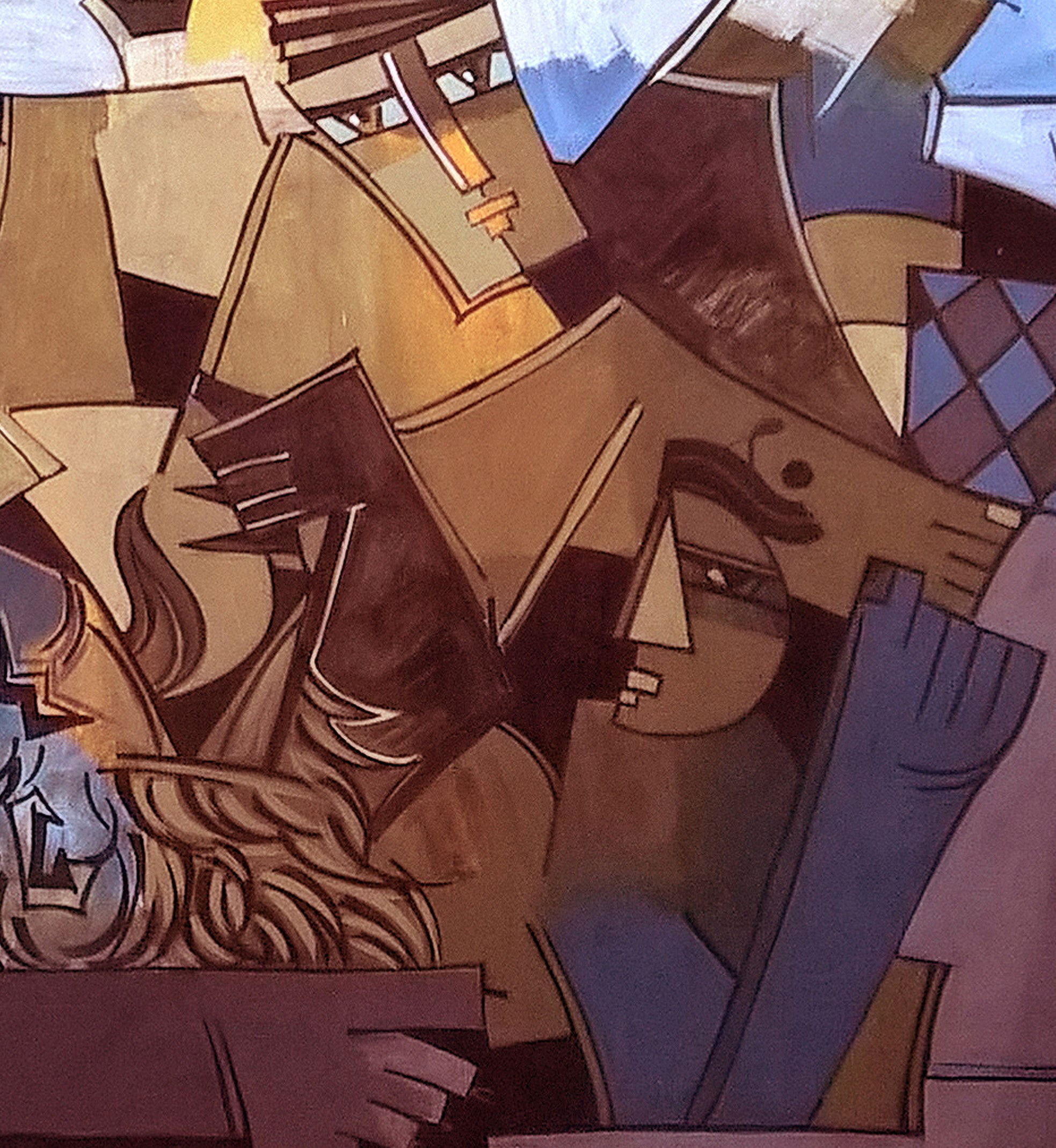
image source: edward william
GAC- What is the purpose and significance of the online museum created by the U.S. Human Rights and Culture of Peace for?
EW -The U.S. Human Rights and Culture of Peace Museum (HRCPM) is committed to advancing human rights and fostering a culture of peace through innovative programs and exhibitions. As a non-profit arts organization, HRCPM aims to educate the public about the importance of human rights and their role in fostering a peaceful society. The museum will showcase diverse art forms, including visual art installations and performances, to inspire dialogue and awareness about human rights issues. HRCPM will also host educational programs, workshops, and community events to engage individuals of all ages in championing human rights and promoting peace.